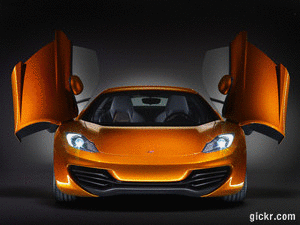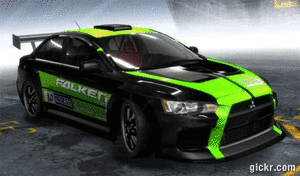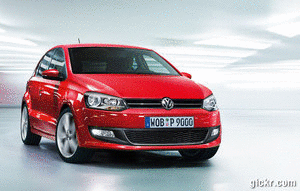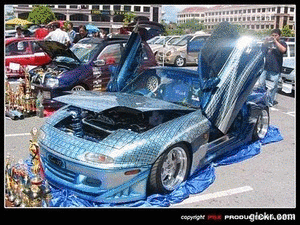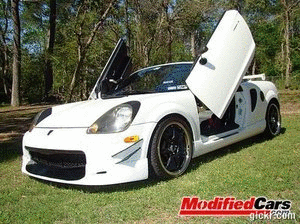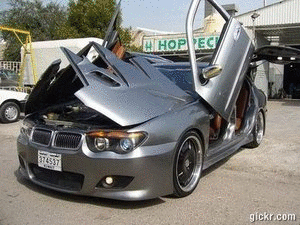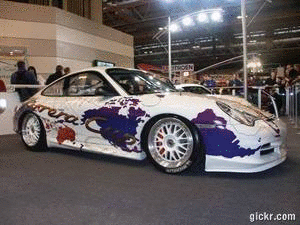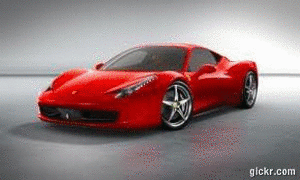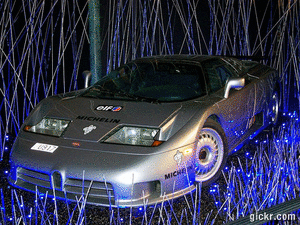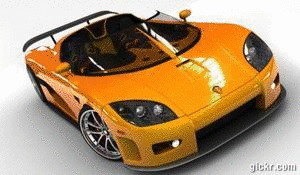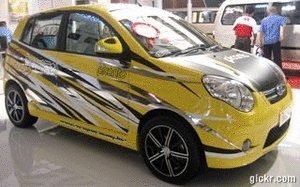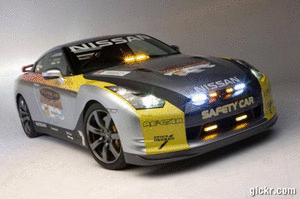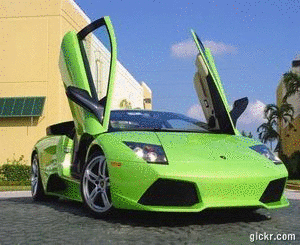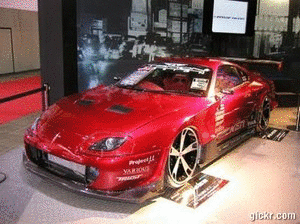Ford Transit Connect Taxi goes into production and will arrive in dealerships in 2010 2011 model, the addition of the Ford Motor Company, a leader in the North American market, take a taxi.
Making the announcement at Chicago Motor Show 2010 Ford also said it is the use of motor preparation packages to all Ford Transit Connect models - base, and a taxi - to allow the transition to an efficient, clean-burning compressed natural gas (CNG) or propane (LPG or liquefied petroleum gas). Both natural gas and liquefied petroleum gas taxis are popular for businesses because of their low level.
The spacious interiors and flexible Transit Connect - the 2010 North American Truck of the Year - is perfectly suited for taxi service, and the conversion to CNG and LPG. 135 car cubic feet of cargo space containing a compressed gas tank, while the legs of passengers and ample cargo capacity.
"While meeting with the taxi operators in the city of the United States, we have received significant interest in vehicles that run on alternative fuels," said Mark Fields, Ford's President of America. "Taxi Ford Transit Connect, combined with the Ford engine is suitable for the use of CNG / LPG, has been designed to meet this need. This event marks a new era of" "transit" green.
The advantage of alternative fuels
According to the U.S. Agency Environmental Protection Agency, CNG is cheaper and burns cleaner than gasoline, resulting in 30 percent to 40 percent less emissions of greenhouse gases. Propane also burns cleaner than gasoline.
"Compressed natural gas and propane offers more than enough power for vehicles, because they are high-energy fuels," said Rob Stevens, Chief Engineer Transit Connect. "Another advantage of these fuels is natural to provide a total emission of greenhouse gases than gasoline. In addition, CNG or LPG operation gives operators the cost of fuel / fleet management."
In addition, nearly 87 percent of natural gas in the United States are produced locally. Government credit are also tax incentives to convert fleets to alternative fuels.
Since October 2009, GNC preparation packages were available on the E-Series vans with 5.4 liter gas engines of 6.8 liters.
Internal conversion is ready
Ford Transit Connect Taxi offers a unique package from the inside of people and goods. With its open architecture provides excellent headroom for passengers and taxi visibility. Back seat of the car has been moved back three inches to maximize passenger comfort. And with 6.5 inches of ground clearance, passengers step easily through the double doors. Additional ventilation climate control have been added for the rear passengers.
Luggage compartment of the car can easily accommodate a compressed natural gas tanks directly behind the second row of seats allows much luggage storage.
Technology in motion
Ford works with Creative Mobile Technologies, LLC (MTC) to integrate payment processing and information from the first passenger of the Ford Transit Connect Taxi.
Ford, CMT and also develop strategies for the potential integration of the work of Ford's series of productivity solutions for entrepreneurs wireless technology to offer full in-dash computer with high-speed Internet access and navigation. "Ford has demonstrated a significant commitment in support of the taxi is not only your product but also the commitment to work with companies that support the technology," says Jason Poliner, Chief Operating Officer of CMT. "Ford is aware that the taxi business is not just a machine, but a complete technical solution."
The proof of how this technology could work in the future, including the Taxi Ford Transit Connect. It also includes a 8.4-inch electronic entertainment and a navigation screen that looks like a taxi ride, news, weather, sports scores and stock quotes. The touch screen, passengers can also choose the choice of programming, follow the taxi on the map, or browse the points of interest along the route - including restaurants, museums and shops.
Once there, the screen shows the options to pay the fee in cash, debit or credit card. Cardholders can swipe your card, select a recommendation advanced pre-calculated or use the touch screen to enter the tip amount and complete the transaction of their seats.
Based on the taxi leadership
The "green" taxi is not new at Ford, which has been a leader in the taxi industry for decades. Ford was the first manufacturer to introduce gas-electric hybrid-powered taxi fleets in North America with the launch of the Ford Escape Hybrid in San Francisco and New York in early 2005.
Built on a platform dedicated commercial vehicle and tested according to Ford trucks difficult, Ford Transit Connect Taxi - including petrol versions and those modified to run on CNG / LPG - is designed to meet the extreme service taxi.
Its standard 2.0-liter, four-cylinder engine and automatic transmission, traditionally powered Ford Transit Connect is expected to produce about 30 percent improvement in fuel consumption compared to many of today's traditional taxis.
"Ford Transit Connect has been tested as it offers great versatility in the use of the commercial fleet," said Gerry Koss, marketing manager of Ford's fleet. "The Ford Transit Connect taxi, combined with the ability to convert CNG / LPG, further demonstrates its flexibility."
